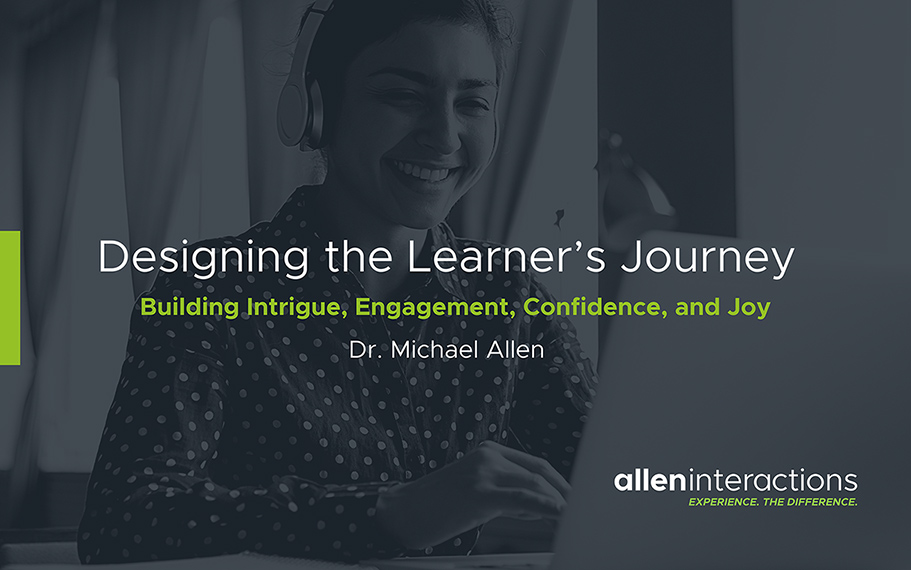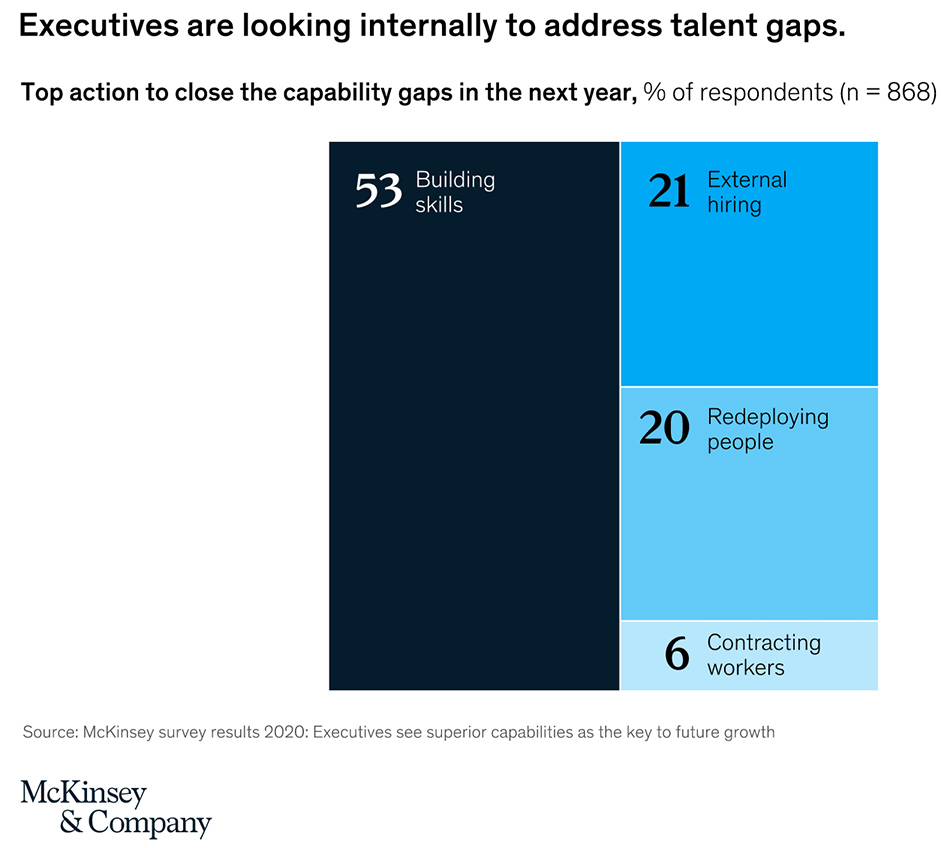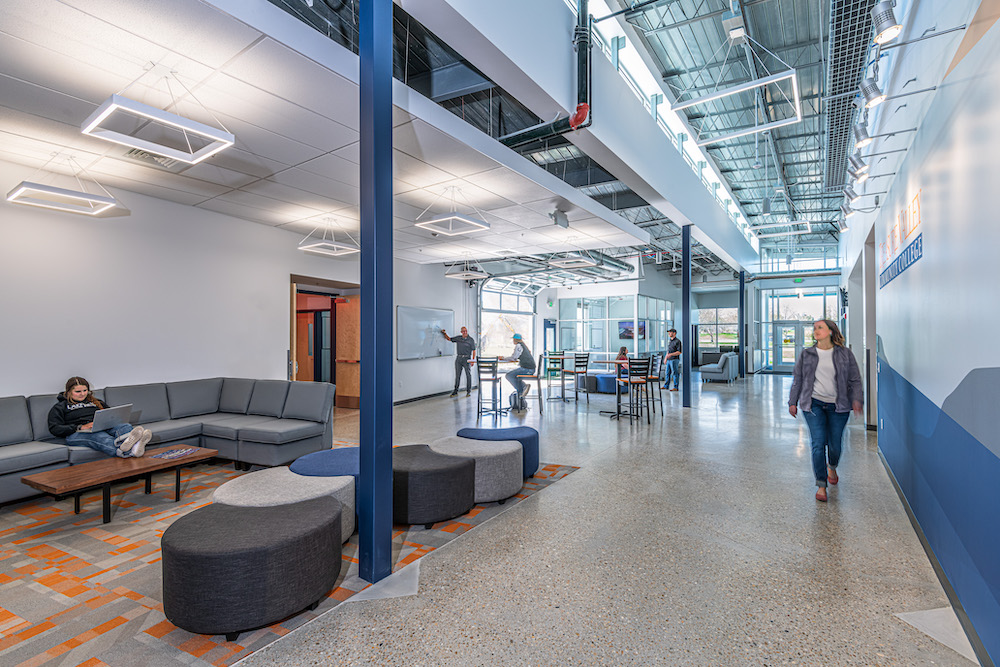Instructional Design 3.0: Designing The Learner’s Journey – Part 1 — from blog.alleninteractions.com by Michael Allen
Excerpts:
We’ve made important strides in instructional design over the last couple of decades and now we’re about to take one more momentous step.
We’ve gone from focusing almost exclusively on content, its clarity, logical sequencing, comprehensiveness, accuracy, and so forth (all important, of course), to focusing on the learner’s experience, making it Meaningful, Memorable, and Motivational (again, all critical). While pulling these essential components together, it seems we’re still missing something, perhaps the most important component of all. Let’s think what that might be.
…
I’ll address some of the techniques for designing from the perspective of the Learner’s Journey in subsequent blogs. But let’s start with this simple and powerful idea: reverse the process. Start defining how you want to address the whole of the learner, including the individual’s feelings, attitudes, and current skills. Don’t do this as a tack-on that you’ll do if you somehow get the time.
-
- Start with thinking about learners as emotive and cognitive persons first.
- Then create context-situated challenges and give learners the opportunity to show what they can do and request help as they may feel they need to.
- And finally, when you’ve created these structures, you’ll find you’ve already got a great framework in which to insert, fully develop, and refine your content.
Let’s make every learner’s journey a fascinating and enriching experience, from beginning to end.












